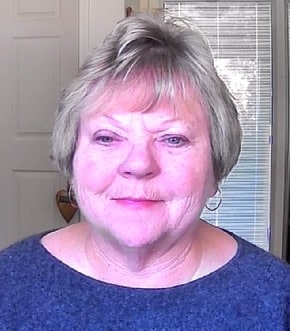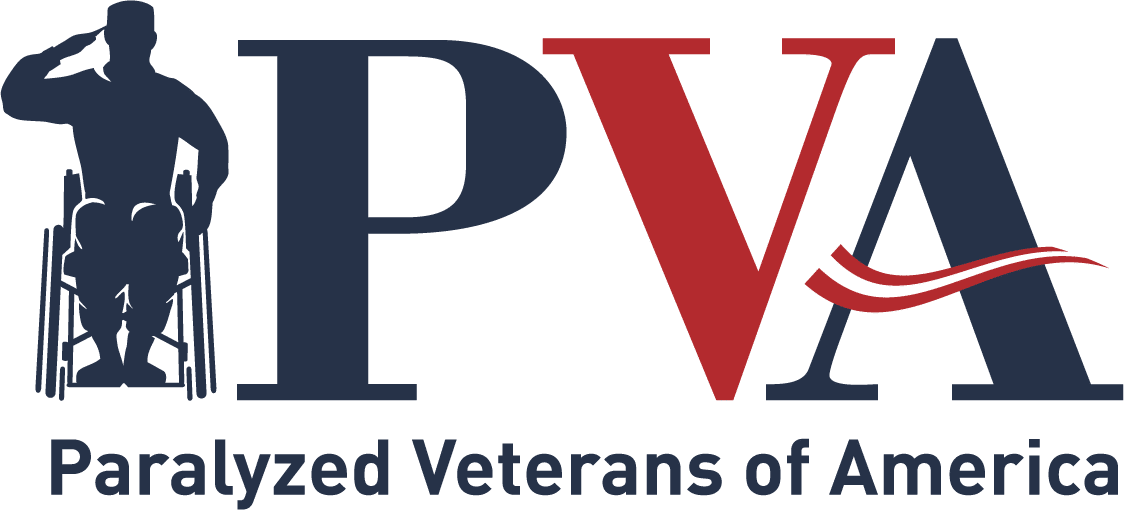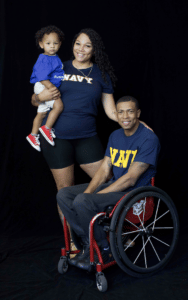Interview with Cheryl Vines, Director of Research and Education
Posted By PVA Admin on January 4, 2023 Tell us about yourself. What led you to your role as the Director of Research and Education?
Tell us about yourself. What led you to your role as the Director of Research and Education?
I’ve spent my whole career working with people with spinal cord injuries, first in the area of treatment, and then case management, and then research. I came to PVA to utilize all those skills to get information about SCI/D to people who need it. As Research and Education Director, I get to work with the best and brightest clinicians in the country. The Research and Education department funds research, creates clinical practice guidelines and conducts an educational summit. We also develop other resources and support for spinal cord injury care, as well as multiple sclerosis and ALS care around the country.
What does your work as the Director of Research and Education entail?
In my role as the Director of Research and Education, I work with a lot of boards and committees. I also oversee and coordinate the efforts of our department and the efforts of our grantees to ensure that they’re meeting our goals and grant criteria. I have two wonderful staff that work with me, our Associate Director, Lindsay Perlman, and our Research Education Coordinator, Shyanne Hardy. The three of us work together to create clinical practice guidelines, manage the Research Foundation and Education Foundation at PVA, conduct the Healthcare Summit + Expo each year, and oversee and work with the Anita Bloom Committee on our women’s health initiatives, including our Women Veterans Empowerment Retreat. In addition to that, I serve as a liaison to a number of organizations like the National MS Society and the American Spinal Cord Injury Association to ensure the work that we’re doing is cutting edge and that we’re recruiting the best people to create resources for our members.
What drew you to work at PVA and why do you think it stands out?
I’ve been working for PVA, in different capacities, for over thirty years. I’ve worked as a consultant, I’ve sat on the Education Foundation Board, and I’ve been involved in the sports and recreation programs over the years. I’ve always seen PVA as a strong consumer-directed organization that will basically do anything to benefit their members and the people that they serve. The other thing that attracted me to PVA is that they took on creating clinical practice guidelines and spinal cord injury medicine. There’s no other veterans’ service organization (VSO) that does that kind of work. I was really honored to take this position about six years ago because I wanted to make sure that the guidelines continued to get updated and continued to be important resources for clinicians treating patients with SCI/D.
PVA also has publications geared towards individuals with spinal cord injuries called consumer guides. Would you mind talking a little bit about those?
Clinical practice guidelines are very technical and clinical. We work with the panels to create what we call consumer guides, which is a layperson’s guide to the clinical practice guideline. All of the essentials and everything that an individual with a spinal cord injury needs to know about the clinical practice guideline is in the consumer guide. We work with people who live with spinal cord injury to ensure that we have their input and that it’s readable and useful.
Would you mind explaining what a clinical practice guideline is?
A clinical practice guideline is an evidence-based document that makes recommendations for medical treatment in a specific area. We coordinate an interdisciplinary effort to create guidelines on topics that are unique to spinal cord injury. For example, managing a neurogenic bladder or autonomic dysreflexia, which is a syndrome that only happens in people with spinal cord injury. We bring together groups of clinicians and experts in the field to identify the issues. We then do a literature review with the SCIRE Program. Then the group gets back together and creates the recommendations based on the evidence that’s available. After the clinical practice guidelines are completed, they are published and disseminated not only to rehabilitation hospitals, but also to community-based care programs and acute care physicians. Sometimes surgeons use our CPGs, and sometimes family and home health aides use them. They have very diverse applications across the medical sector.
If someone is interested in accessing these publications, where can they find them?
All of the clinical practice guidelines are available on the PVA website under resources, and now you can actually purchase a hard copy of the clinical practice guidelines on Amazon. These clinical practice guidelines are used all over the world and have been translated into thirty-one different languages.
What role does the PVA Research and Education Foundation play in carrying out PVA’s mission? What does each organization do?
A core tenet of PVA’s mission is to find a cure for spinal cord injury. Back in the early 1970s PVA’s leadership was trying to support that goal in a variety of ways, and decided a grant program would be the best way to utilize our resources and see the best results. They created the PVA Research Foundation that is a separate not-for-profit organization that PVA is the primary donor to. Through that foundation, we fund basic science research, clinical research, assistive technology research and fellowships. The fellowships are to support PhD-level and MD-level researchers to keep them involved and keep them interested in the field of spinal cord injury research, because we certainly need all the great minds we can get if we’re going to find the cure for spinal cord injury.
The Education Foundation was founded ten years later and uses a similar format. It’s really geared towards the consumer. We create projects that people with spinal cord injuries and their families and caregivers can use. For example, right now we’re working on a project with Dr. Sherry LaVela at Hines VA to look at some guidelines to address social isolation and loneliness in people with spinal cord injury. Thanks to this project, if somebody reports that they’re lonely to their therapist or nurse, the clinician will have an idea of what to say and how to address those concerns. The Education Foundation also hosts professional development courses, training nurses, doctors and therapists on the latest in SCI/D best practices. We do consumer projects to teach people who live with spinal cord injury to better manage their health and care and lives. We also have funding for conferences and workshops that bring people together to share information and ideas.
The Research and Education foundations manage about thirty or so grants that total three million dollars. PVA, private legacies, and private donors fund all of this work.
What are some exciting projects that the Research and Education Foundations are funding?
One of the projects that we funded was a science and clinical research project with Dr. Brian Kwon at the University of British Columbia. He has found a way to identify biomarkers, which are found your blood and can be measured in a test, that can give an idea of what the prognosis of a spinal cord injury might be early after onset. This information helps doctors make decisions about treatments for patients, in terms of their surgical treatment and rehabilitation. We’re funding another project at the University of Miami right now about managing reproductive function in men with spinal cord injury, as sexual dysfunction is one of the top three issues people with spinal cord injuries have. Dr. Emad Ibrahim, who leads the project, is teaching physicians how to treat this dysfunction. Dr. Ricardo Battaglino at the University of Minnesota is doing a study similar to Dr. Kwon’s, looking at biomarkers for pain after spinal cord injury. Grantees are doing very important work looking at a variety of different aspects of living with spinal cord injury.
What’s something you like to do for fun when you aren’t working?
I spent my early career as a recreation therapist, so recreation is very important to me. At least a couple days a week, you can find me at the golf course. I actually play most of the time on the course where I learned to play golf as a child, so I’ve come full circle. I also love wine, and I live in an area where there are lots of wineries, so I do a lot of wine tasting and sharing wine with friends. Almost every day, I also can see the ocean and walk on the beach. Those are my very favorite things to do.

